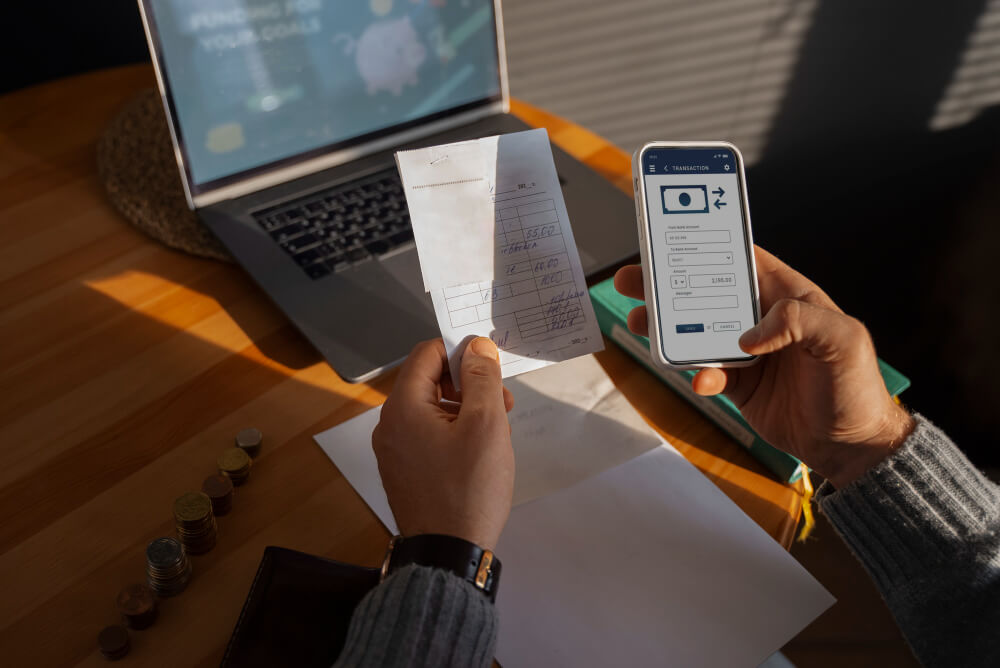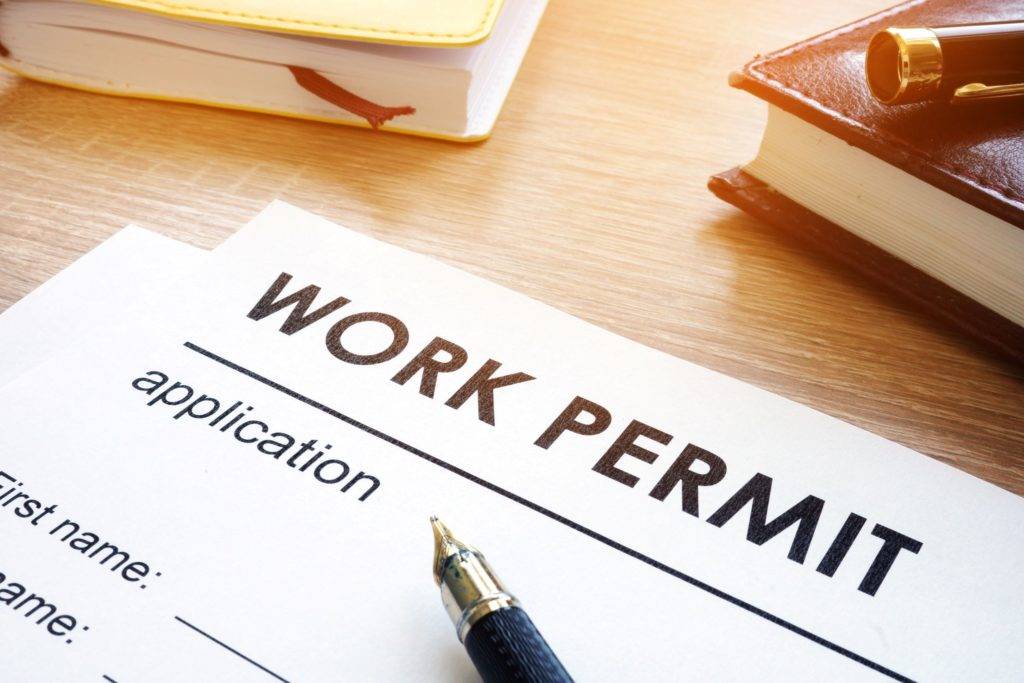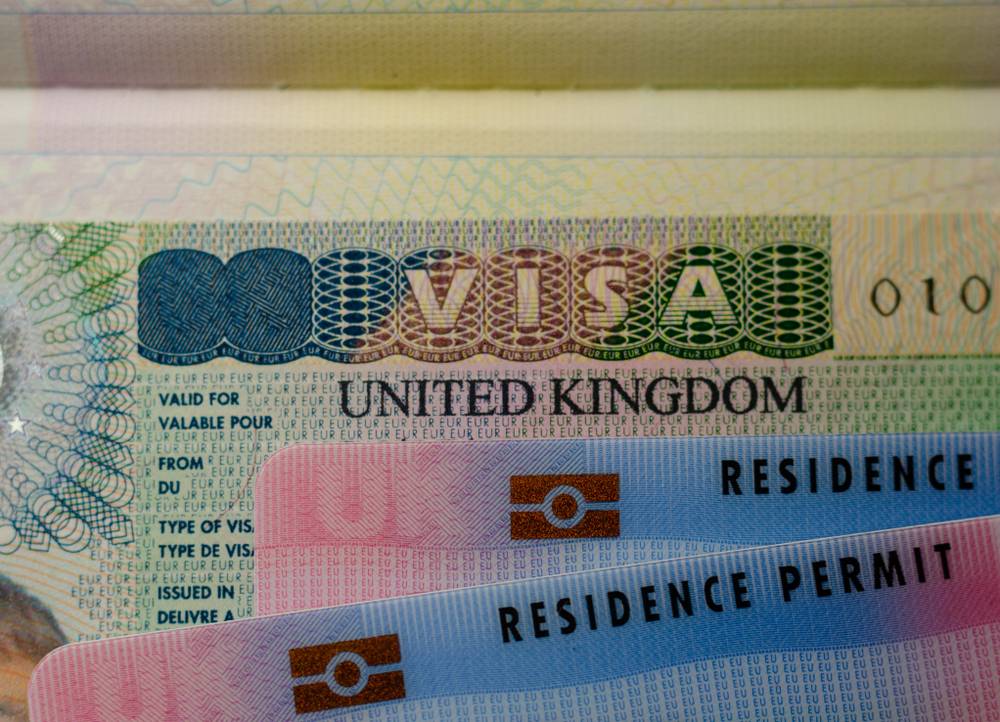Saving $10,000 is a game-changer. I see it as the first big step toward financial freedom. It’s not just about putting money aside, it’s about building smart habits that set you up for long-term success. I’ll break down exactly how to make this happen, from cutting unnecessary expenses to increasing income and making your money grow.
Reaching this goal might seem challenging at first, but with the right strategy, it happens faster than you think. Small changes in spending, budgeting, and earning add up quickly. Once you hit that first $10,000, you’re not just saving, you’re creating opportunities to invest and grow your wealth like a pro. Let’s get started on the path to financial success.
Set a Clear Savings Goal
Having a specific target makes saving easier and keeps you motivated. To save your first $10,000, start by setting a clear goal and breaking it into smaller, manageable milestones. Instead of saying, “I want to save money,” create a structured plan:

- In 6 months: Save $1,667 per month or $417 per week
- In 12 months: Save $834 per month or $209 per week
- In 18 months: Save $556 per month or $139 per week
Breaking your goal into smaller amounts makes it feel more achievable and helps track progress. Set a deadline and adjust based on your income and lifestyle.
Read: Tax-Free Savings Accounts (TFSAs) for Newcomers in Canada
Track Your Income and Expenses
Understanding where your money goes helps you find opportunities to save. Before cutting costs, track every dollar you earn and spend. Use budgeting tools like Mint, YNAB, or a simple spreadsheet to categorize your expenses.
Common Expense Categories:
- Fixed Expenses: Rent, mortgage, utilities, insurance, car payments
- Variable Expenses: Groceries, dining out, shopping, entertainment
- Debt Payments: Credit card bills, student loans, car loans
- Savings & Investments: Money set aside for financial goals
Track your expenses for at least a month to identify spending patterns and areas where you can cut back.
Cut Unnecessary Expenses
Small spending habits can drain your money without you realizing it. Once you’ve tracked your expenses, identify non-essential spending that you can reduce or eliminate. Here’s how to free up extra cash:
Ways to Cut Costs:
- Cancel unused subscriptions (streaming services, gym memberships, apps).
- Eat out less and cook at home (meal prepping saves hundreds per month).
- Use cashback and discount apps for groceries and shopping.
- Negotiate lower bills for internet, phone, and insurance.
- Avoid impulse purchases by waiting 24 hours before buying non-essentials.
Even small changes can free up an extra $200 to $500 per month, getting you closer to your goal faster.
Increase Your Income
Earning more can help you save faster without extreme budgeting. If cutting expenses isn’t enough, look for ways to increase your income. Even an extra $500 to $1,000 per month can significantly speed up your savings progress.

Ways to Make Extra Money:
- Ask for a raise if you’ve been performing well at your job.
- Start a side hustle (freelancing, tutoring, dog walking, rideshare driving).
- Sell unused items (clothes, electronics, furniture) for quick cash.
- Monetize your skills (graphic design, writing, social media management).
- Rent out a spare room or lease storage space.
Maximizing both savings and earnings will help you reach $10,000 much faster.
Read: Denied a Visa? Here’s What They Don’t Tell You About Reapplying
Automate Your Savings
Automating your savings makes it effortless and consistent. Instead of manually transferring money, set up automatic savings to ensure you reach your goal without temptation.
Ways to Automate Savings:
- Direct deposit into a savings account before spending any money.
- Use round-up apps like Acorns or Chime to save spare change.
- Set up recurring transfers from checking to savings every payday.
Automating removes the guesswork and makes saving a habit.
Pay Off High-Interest Debt First
Debt with high interest can slow down your savings progress. If you have high-interest debt (like credit cards), focus on paying it off before aggressively saving. Interest rates above 10% can eat away at your financial progress.
Debt Repayment Strategies:
- Avalanche Method: Pay off debts with the highest interest rates first to save money on interest.
- Snowball Method: Pay off the smallest debt first to build motivation and momentum.
Once high-interest debt is cleared, you can put that money toward savings.
Save Windfalls Instead of Spending Them
Unexpected money can speed up your savings goal if used wisely. Whenever you receive extra money, avoid the temptation to spend it. Instead, allocate it strategically:
- 50–80% to savings: Boost your $10,000 goal faster.
- 10–20% to debt repayment: Reduce outstanding balances.
- 10–20% for personal spending: Reward yourself in moderation.
Common windfalls include tax refunds, bonuses, gifts, side hustle earnings, or even lottery winnings.
Use the Right Savings Account
A high-yield savings account can grow your money faster. Not all savings accounts are equal. Some offer higher interest rates, helping your money grow while it sits.

Best Account Options:
- High-Yield Savings Accounts: Earn higher interest than traditional banks.
- Money Market Accounts: Higher interest with easy access to funds.
- Certificates of Deposit (CDs): Lock in money for a fixed period at a higher rate.
Look for an account with no fees, high interest, and easy accessibility to make saving more efficient.
Read: Top UK Banks for Immigrants: Best Savings Accounts and Credit Cards for 2025
Invest Wisely After Reaching $10,000
Once you’ve saved your first $10,000, start investing to build wealth. Saving alone won’t make you rich, but investing can grow your money over time through compound interest.
Smart Investment Options:
- Index Funds & ETFs: Low-cost, diversified investments for steady growth.
- Robo-Advisors: Automated investing platforms like Betterment or Wealthfront.
- Real Estate Crowdfunding: Invest in real estate without huge upfront capital.
- Stocks & Bonds: Mix of growth and stability for long-term wealth building.
Investing allows your money to work for you, rather than just sitting in a savings account.
Stay Consistent and Think Long-Term
Reaching $10,000 is just the beginning—building wealth is a long-term commitment. The habits you develop now will help you continue growing your savings and investments beyond your first $10,000. By staying consistent and making smart financial choices, you’ll set yourself up for financial freedom and long-term success.
Saving your first $10,000 is a big milestone, and the right habits will help you reach it faster. By cutting unnecessary expenses, increasing your income, and automating savings, you can build a strong financial foundation. Once you hit your goal, start investing wisely to grow your money over time. The sooner you begin, the sooner you’ll see results. Take action today and set yourself up for long-term financial success.














